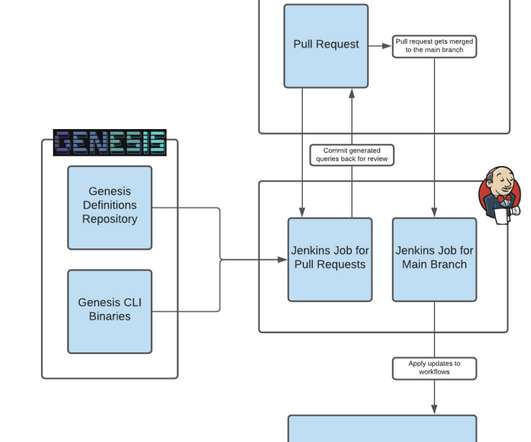Building Netflix’s Distributed Tracing Infrastructure
The Netflix TechBlog
OCTOBER 19, 2020
Troubleshooting a session in Edgar When we started building Edgar four years ago, there were very few open-source distributed tracing systems that satisfied our needs. Our tactical approach was to use Netflix-specific libraries for collecting traces from Java-based streaming services until open source tracer libraries matured.














Let's personalize your content